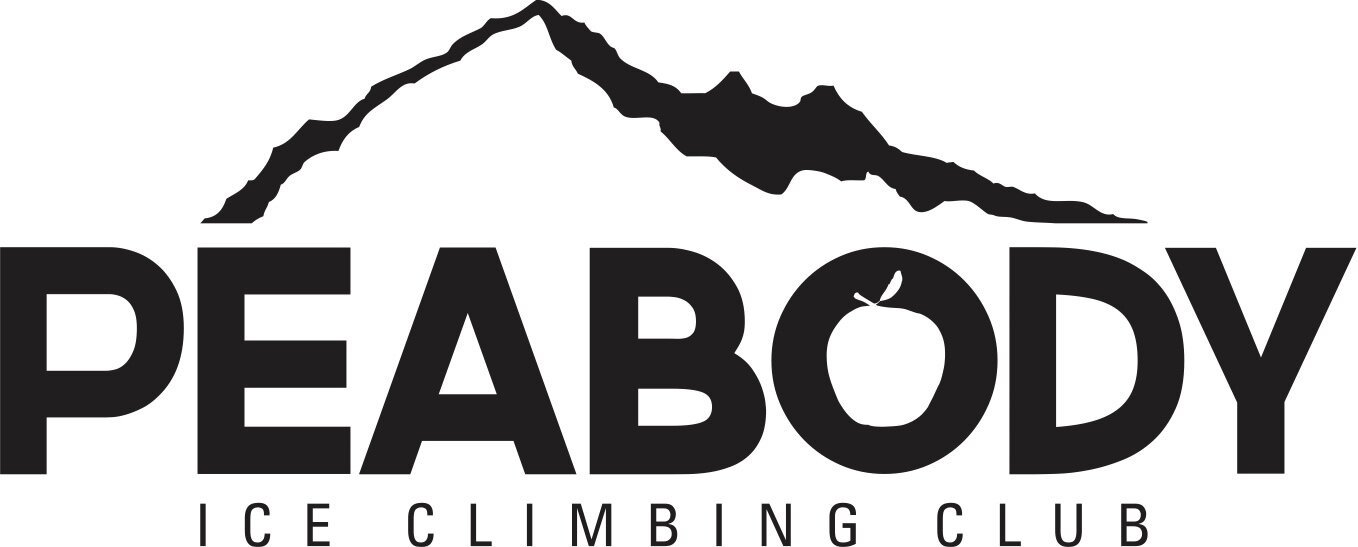ABOUT ALTITUDE TRAINING
Research shows that training at altitude increases overall fitness, enhances the body’s oxygen transport ability, speeds recovery, reduces the risk of altitude sickness, and maximizes muscle gain and weight loss.
For more information, please see articles at the bottom of this page.
BENEFITS OF ALTITUDE TRAINING
Training at altitude is scientifically proven to trigger a range of physiological responses not achievable in normal training regimens. The main response of the human body in a hypoxic environment is to adapt to cope with the reduction of oxygen taken into the lungs and these adaptations include:
- Boost production of Erythropoietin Hormone (EPO), stimulating production of new red blood cells
- Enhanced glycogen metabolism at an increased rate
- Increased ability to buffer lactic acid
- Enhanced fat metabolism and metabolic rate (BMR)
- New blood capillary growth
- Improved anti-oxidant balance
- Micro-organism efficiency
- Improved physiological function
- Strengthened immune system
These adaptations enable the following benefits from a fitness and sporting perspective:
- Increased V02 max (max rate of oxygen usage)
- Enhanced power output and speed
- Improved strength and endurance
- Increased exercise-till-exhaustion (ETE) time
- Enhanced weight loss
- Reduced recovery time after exertion
- Decreased resting heart-rate and blood pressure
- Maintenance of cardiovascular fitness when injured
- Diminished overall fatigue
- Reduced musculo-skeletal load - maintain fitness conditioning while facilitating maximal recovery (ideal for injured athletes or mature aged players)
There are numerous scientific studies proving the benefits of altitude training. Some facts and figures attributed to altitude training over normal training include:
- Enhances asimilar work out at sea level by 25%
- Can burn three times as many calories due to continued calorie burning up to 15 hours after work out
- Improved time to exhaustion in repeated sprint efforts by 40%
- Up to 15% enhanced weight loss
WHO IS ALTITUDE TRAINING FOR?
For Everyone
Once the preserve of elite athletes, the benefits of Altitude Training are now available to anyone interested and suitable for ultra-marathon runners to senior citizens. We are committed to helping you reach and exceed your goals.
General Fitness
Altitude training is a great way to kick start you're training regime or take your existing fitness to a new high. Our facility can be used like a normal gym during open hours and based on capacity, times need to be scheduled in advance. We are "program based", meaning adaptions to the altitude training take a minimum of 30 days to really see the benefit so our membership is one month at a time.
Race or Event Preparation (Marathon, Triathlon etc.)
Altitude training has become an accepted part of the training regime for marathon runners, triathletes and cyclist around the world. Typically one month of training prior to race is recommended.
Cycling
Need to maintain your base during the week before your weekend hit out? Time poor, sick of crowded roads during the week or bike in the shop? Altitude training offers one of the best ways to maintain and build cycling fitness. Hill repeats take a whole new meaning at 4000 meters.
Acclimatization
Heading for Nepal? About to climb Mount Kinabalu? Lower oxygen at higher altitude and lack of acclimatization can lead to Acute Mountain Sickness (AMS) and compromise your trekking or climbing holiday. While AMS affects different people in different ways, altitude training can help reduce or buffer against the symptoms of AMS and reduce the time you need to spend acclimatizing on site. You will also arrive fitter, stronger and better equipped deal with the rigors of climbing or trekking at altitude.
Team Sports
Once the preserve of endurance athletes, advancements in simulated altitude training and concepts such as repeat sprint hypoxia have been of immense benefit. A recent study found that a group undergoing hypoxic training could do 40% more sprints until exhaustion than a group training at normal altitude. Team packages and sessions are available.
REFERENCES
Real and Simulated Altitude Training and Performance
Explaining the science of altitude training
Simulated Altitude Takes Fitness to New Heights

